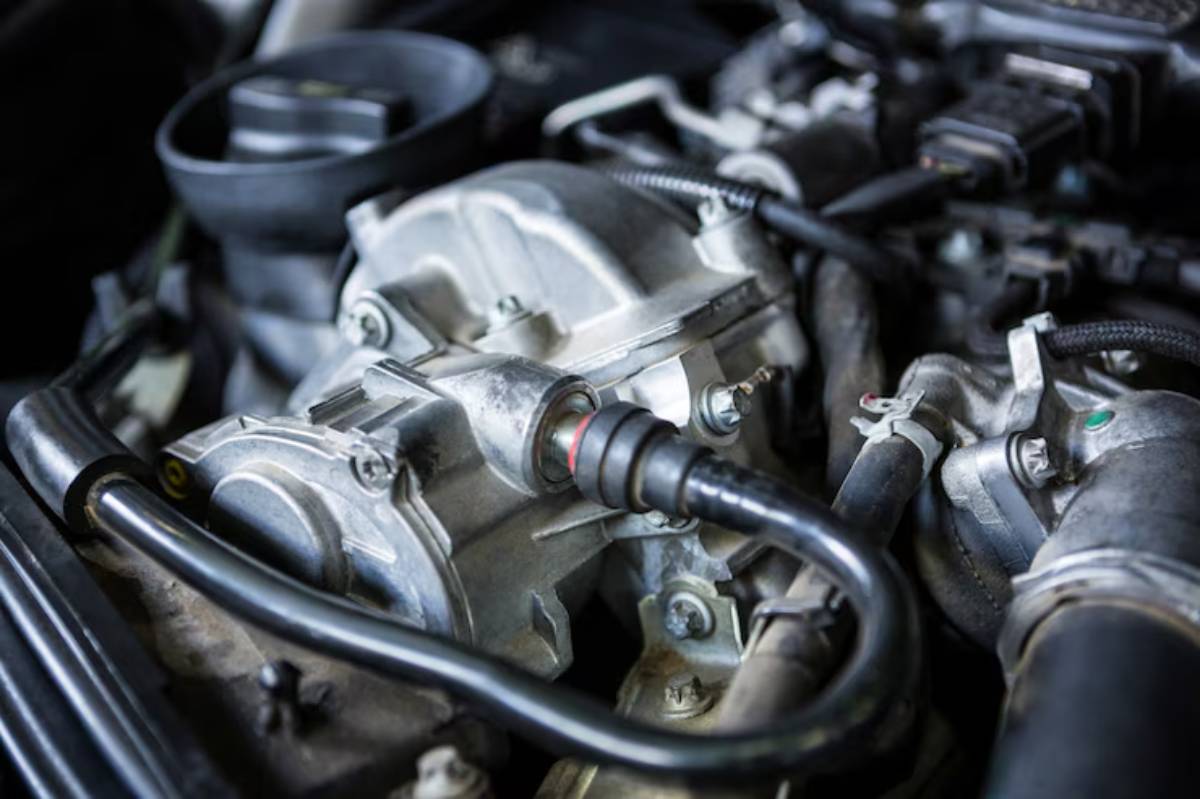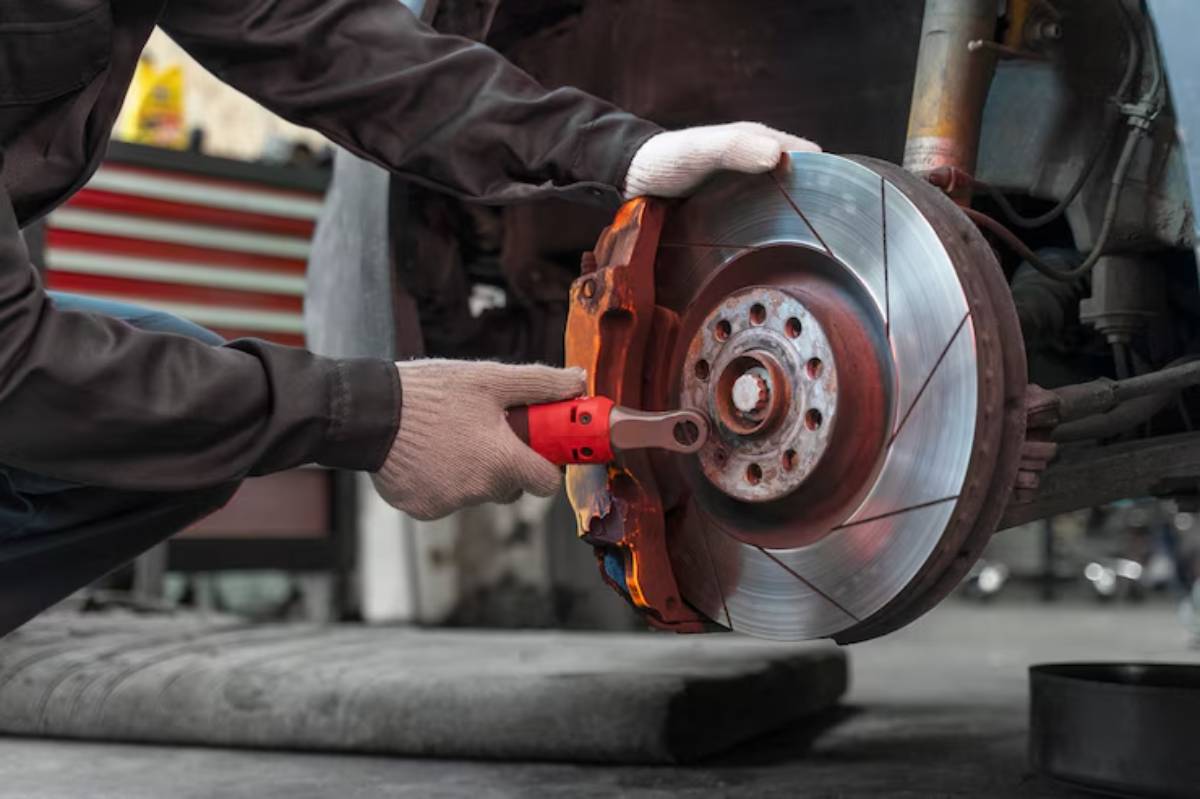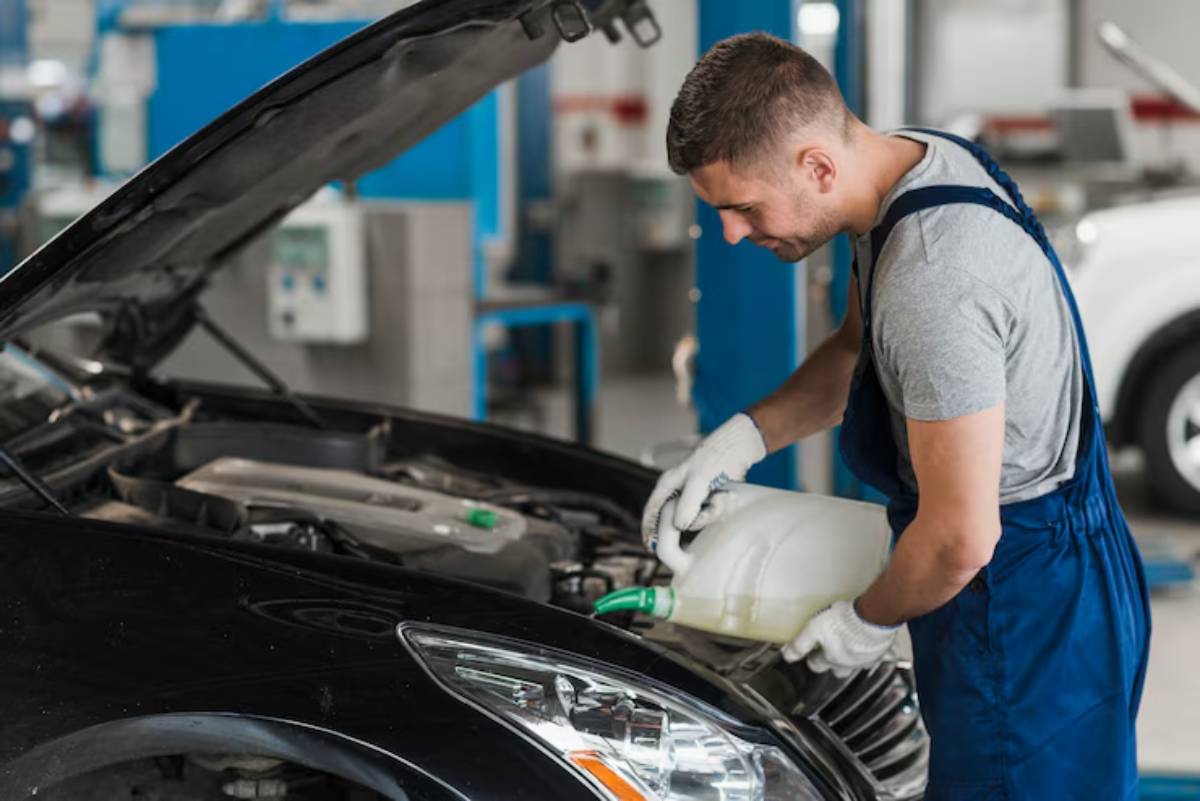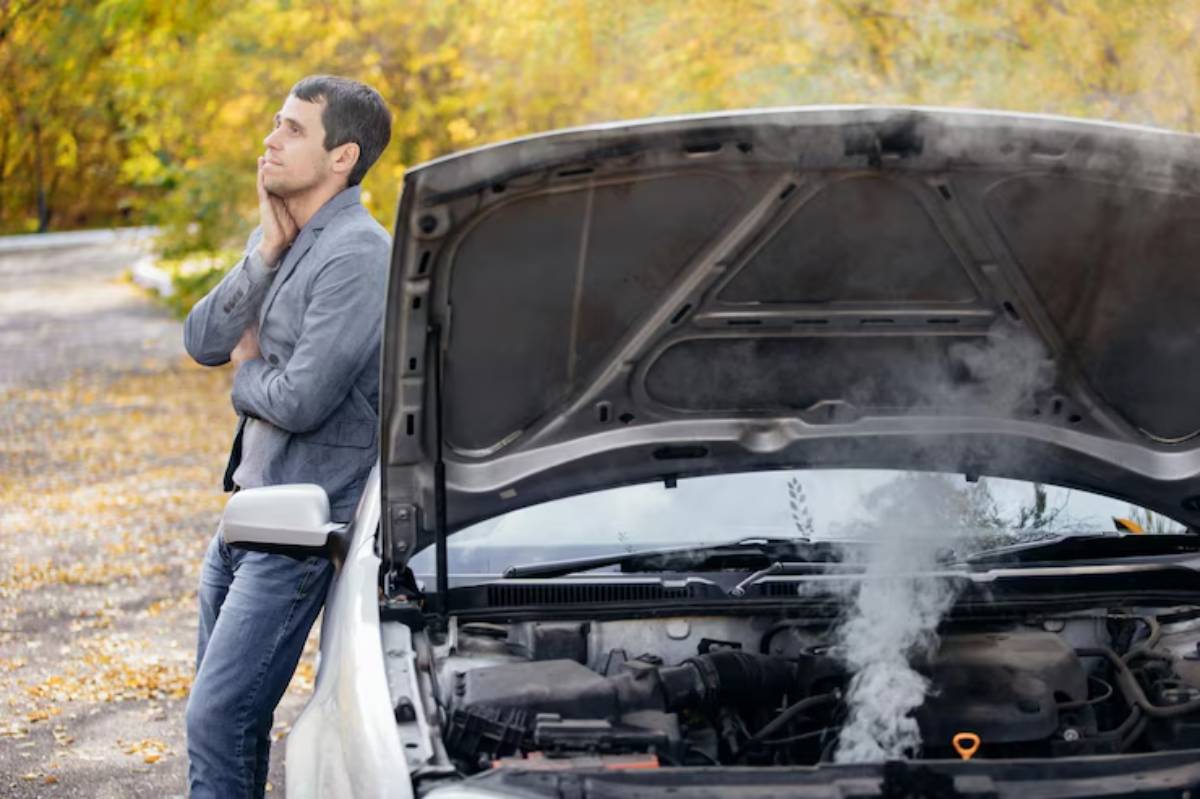
Signs of Cooling System Failure in Hybrids
Hybrid cars are known for their fuel efficiency and innovative design, but they come with unique maintenance requirements, especially when it comes to the cooling system. Like any vehicle, overheating can spell disaster, but in hybrids, the warning signs can be subtler and more complex.
If you’ve ever noticed your hybrid running hotter than usual or seen unfamiliar dashboard lights flickering, you might be staring down a cooling system failure. Ignoring it can lead to costly repairs and irreversible damage to both the combustion engine and electric components.
In this guide, we’ll explore the key symptoms of a failing hybrid cooling system, why they matter, and how to act fast. Whether you’re a new hybrid owner or a seasoned enthusiast, knowing what to watch out for can save you a lot of stress and money.
Why Cooling Systems Matter More in Hybrids
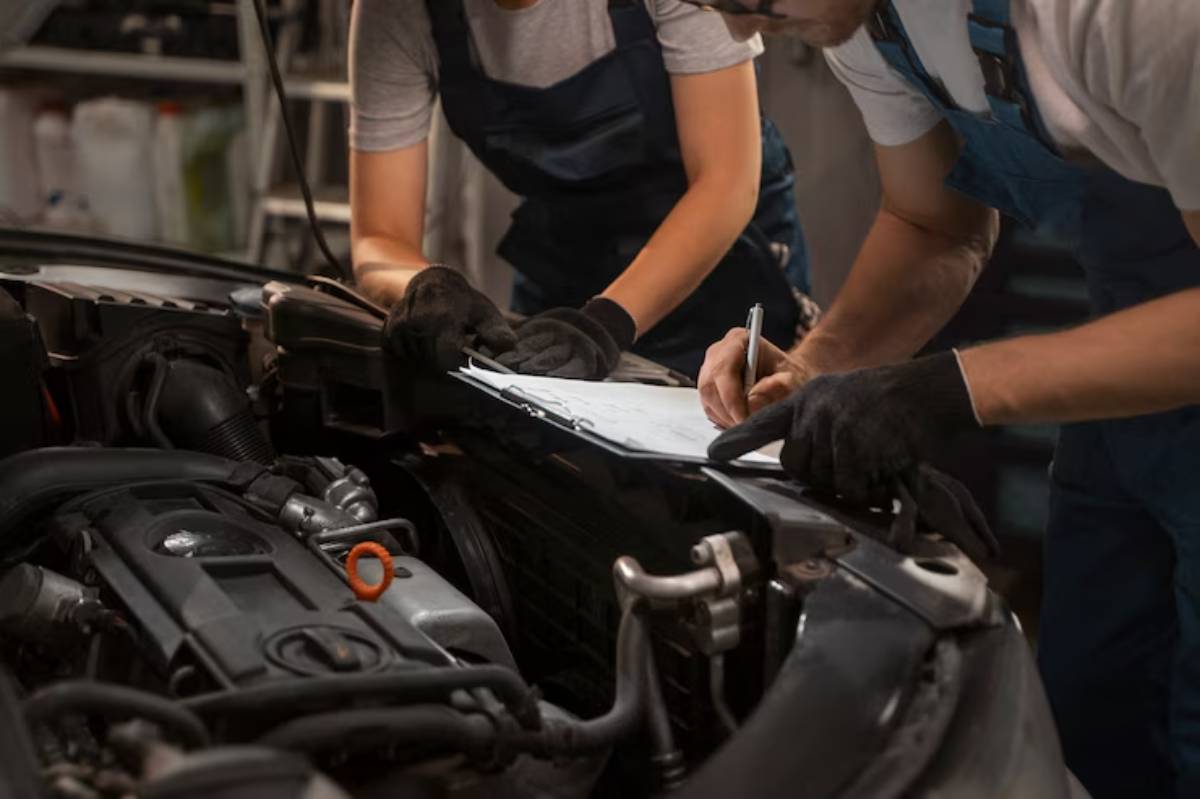
More Than Just a Radiator
In traditional vehicles, the cooling system is mainly responsible for regulating engine temperature. In hybrids, it’s more complicated. These systems not only cool the internal combustion engine (ICE) but also assist in managing the temperature of:
- Electric motors
- Battery packs
- Power control units (PCUs)
This dual-functionality means twice the responsibility — and double the potential issues if things go wrong.
Unique Cooling Architecture
Most hybrids feature separate cooling loops: one for the engine and one for the electric components. For example, Toyota’s hybrid models often come with dedicated inverter coolant systems, which require regular maintenance just like the main coolant loop.
Neglecting this setup can result in overheating, component damage, and sudden power losses.
Top Signs Your Hybrid Cooling System Is in Trouble
1. Overheating Hybrid Car
Let’s start with the most obvious red flag: rising temperature gauges or warning lights indicating the engine is too hot. If your dashboard suddenly flashes a high-temperature warning or if you hear the cooling fan working overtime, it’s time to take action.
Common triggers:
- Low coolant levels
- Clogged radiators
- Failed thermostat
- Faulty coolant pump
Quick fix: Check coolant levels when the engine is cool. Top off with the correct hybrid-compatible coolant and monitor for recurring issues.
2. Dashboard Warning Lights and Alarms
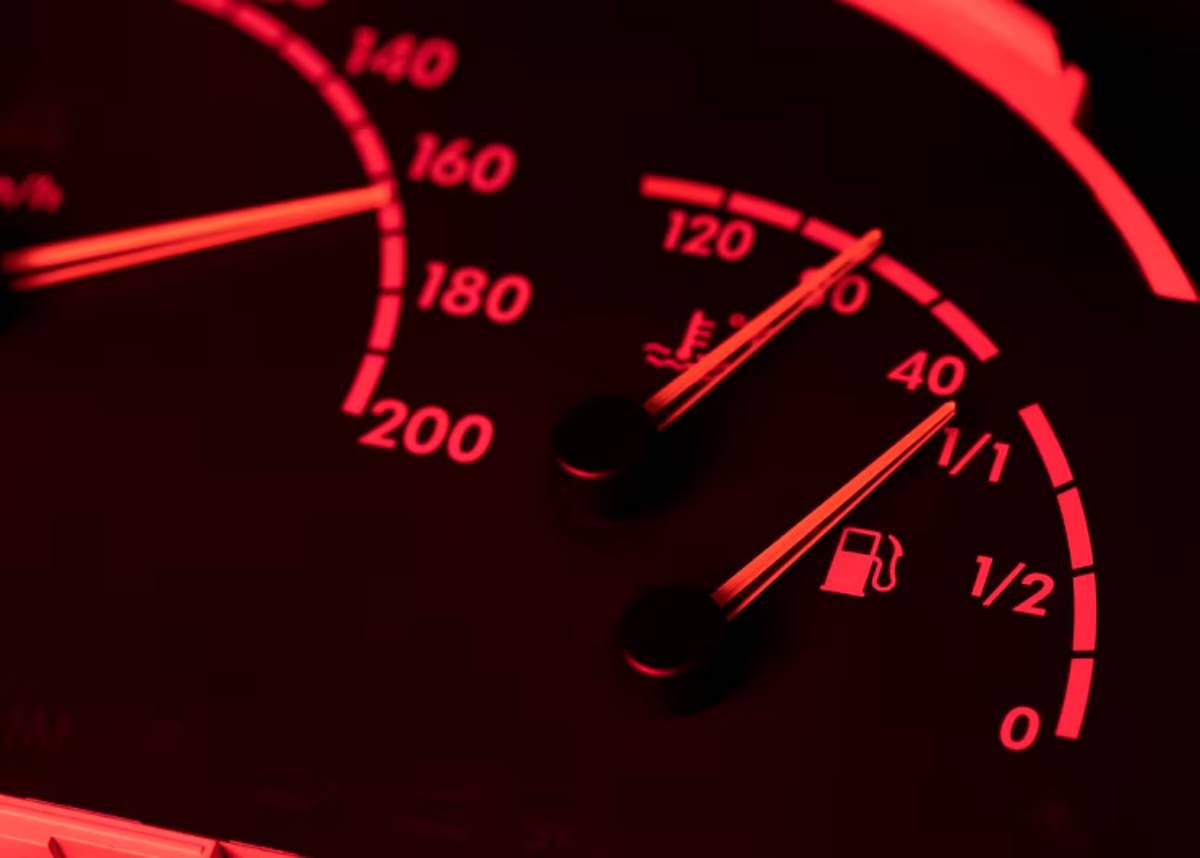
Modern hybrids are smart. Most models will warn you before overheating causes serious harm. Look out for:
- Red or yellow thermometer icons
- “Check Hybrid System” alerts
- Inverter overheat warnings
Pro tip: Don’t dismiss these as glitches. A warning light could mean something as serious as a failing inverter cooling pump, which is critical for battery safety.
3. Reduced Performance or Sudden Power Loss
If your hybrid starts lagging on acceleration or switches to limp mode, it could be a safety measure due to excessive heat. In this case, the system protects vital components by:
- Limiting electrical output
- Reducing power to the wheels
- Forcing the petrol engine to work overtime
These symptoms may also appear alongside battery overheating, which often stems from an overloaded cooling circuit.
For further help on related problems, explore how-hybrid-cooling-systems-work to understand the system’s full scope.
4. Coolant Leaks Under the Car
If you see bright pink, orange, or green fluid pooling under your parked hybrid, don’t ignore it. This likely indicates a coolant leak from:
- Radiator hoses
- Heater core
- Inverter coolant lines
- Reservoir tank
Leaks not only reduce cooling efficiency but also introduce air into the system, leading to overheating.
5. Unusual Noises from the Engine Bay
Hearing a whirring, buzzing, or grinding noise? These could be signs of:
- A failing water pump
- Air pockets in the coolant
- Blocked coolant lines
Electric cooling pumps, common in hybrids, tend to produce different sounds than mechanical ones, and their failure can be silent until it’s too late.
Secondary Warning Signs That Deserve Your Attention
Rising Cabin Temperatures
Ironically, if your cabin heater isn’t working well, your engine may be overheating. The heater core, which draws heat from coolant, won’t function correctly if the coolant flow is restricted.
Visible Steam or Engine Smells
Steam from the bonnet or sweet-smelling vapours often indicate:
- A burst radiator cap
- An overheated coolant reservoir
- Coolant boiling in the engine block
Both are strong indicators that your hybrid’s cooling system is past its limit.
What Causes Hybrid Cooling System Failure?
Understanding the root causes helps you prevent problems in the first place.
Common culprits include:
- Ageing coolant (loses its thermal properties over time)
- Damaged water pump (especially electric ones)
- Clogged radiator or inverter cooling passages
- Improper coolant type or mixing
- Neglected coolant flush intervals
Following proper coolant flush hybrid intervals can make a huge difference in system longevity.
How to Inspect Your Hybrid’s Cooling System
Regular maintenance doesn’t require a garage visit every time. Here’s what you can check on your own:
DIY Inspection Checklist:
- Coolant reservoir level — should be between “min” and “max”
- Coolant colour — should be translucent, not rusty or sludgy
- Hoses — check for cracks, bulges, or leaks
- Cooling fan — should engage when the engine gets hot
- Dashboard readings — monitor the temperature gauge routinely
Always perform these checks when the car is completely cooled down to avoid burns or injury.
When to See a Professional
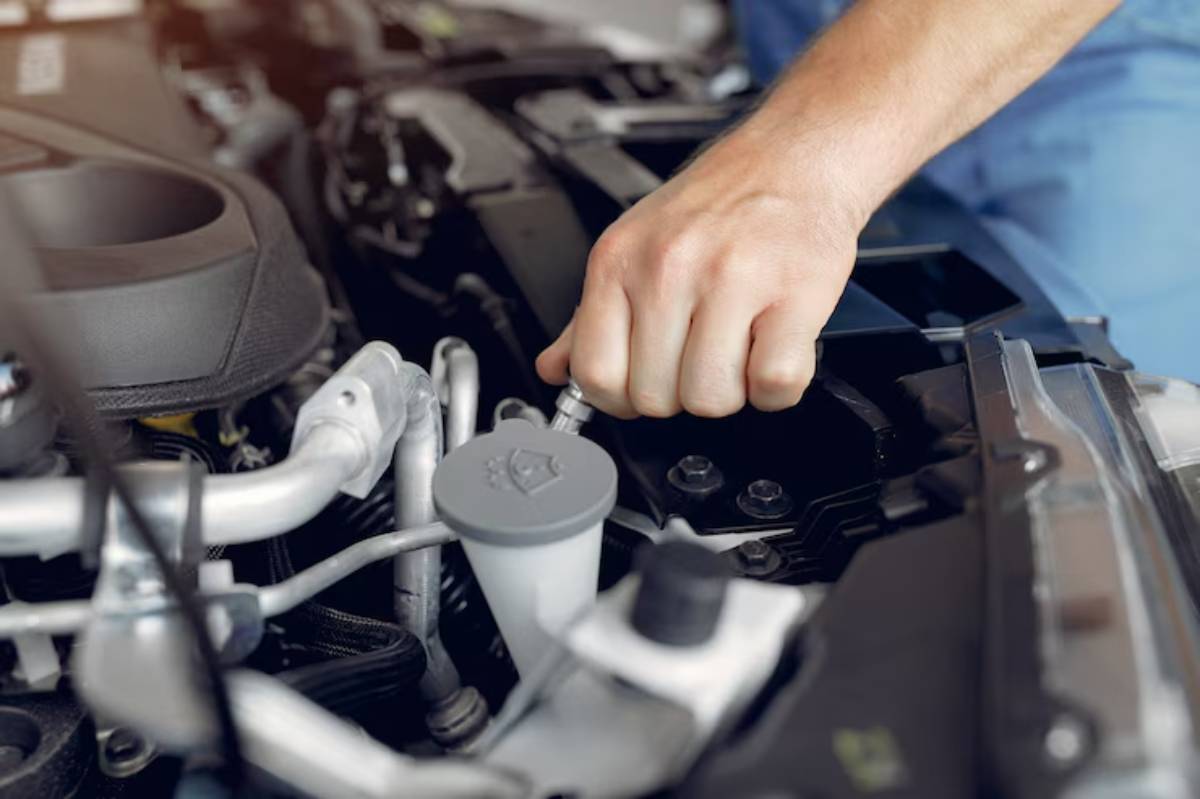
If you notice:
- Repeated overheating
- Persistent leaks
- Inverter-related warnings
- Loss of cabin heating or electrical performance
… it’s best to visit a certified hybrid technician. They can run OBD-II diagnostics, check dual cooling loops, and test coolant efficiency with professional-grade tools.
Hybrid cooling system failures are complex, and attempting complex repairs without the right tools could make things worse.
Conclusion: Stay Cool — Literally and Mechanically
Your hybrid’s cooling system is its unsung hero, quietly working to keep temperatures in check and performance optimised. Ignoring signs like leaks, noises, or overheating can lead to expensive component failures, especially in systems that involve delicate electrical parts.
Luckily, you now know what to look for. Catching radiator issues early or recognising the subtle signs of hybrid cooling system failure could save you thousands in repairs.
